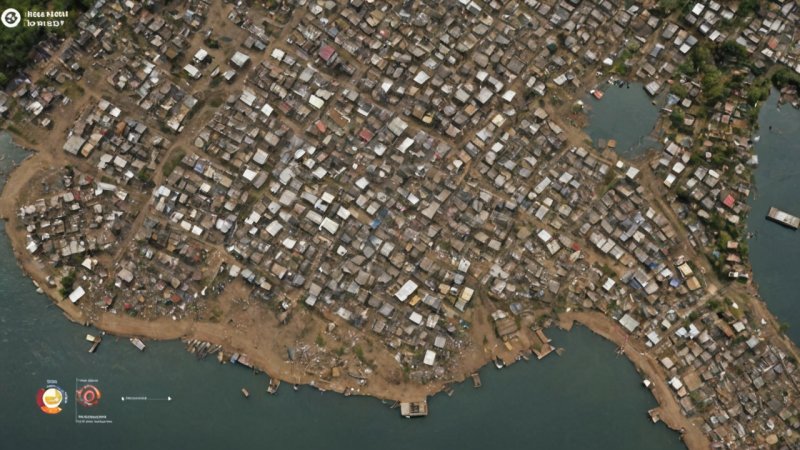In the discourse of humanitarian aid, the concept of sustainable aid has emerged as a cornerstone for fostering long-term recovery in communities affected by crises. While immediate relief is vital in times of need, sustainable aid focuses on building resilience and self-sufficiency in the aftermath of disasters. This article explores the significance of sustainable aid in supporting communities' long-term recovery efforts and highlights key strategies that can be employed to achieve this goal.
One of the most compelling arguments for sustainable aid is its ability to transform the traditional aid model from a temporary fix to a long-lasting solution. Many communities that experience crises find themselves in a cycle of dependency on external assistance. Sustainable aid seeks to break this cycle by investing in local resources, skills, and infrastructure. By fostering community ownership of recovery efforts, sustainable aid empowers individuals and groups to take charge of their futures. For instance, providing training in sustainable farming practices not only addresses immediate food shortages but also equips farmers with the knowledge to improve their agricultural output over time.
Sustainable aid also recognizes the importance of mental and emotional well-being in the recovery process. Disasters often leave behind psychological scars, and addressing these needs is crucial for holistic recovery. Initiatives that incorporate mental health services alongside physical aid can significantly enhance recovery outcomes. Creating safe spaces for community members to share their experiences and receive support fosters a sense of solidarity and healing, which is essential for rebuilding lives.
Moreover, the environmental implications of aid practices cannot be overlooked. Sustainable aid emphasizes the need for environmentally friendly practices that protect natural resources and reduce vulnerability to future disasters. For example, integrating renewable energy solutions into recovery efforts can not only provide immediate relief but also contribute to long-term sustainability. Communities that harness renewable energy sources are better equipped to withstand future challenges related to climate change and resource scarcity.
Collaboration plays a crucial role in the success of sustainable aid initiatives. Engaging various stakeholders—including local governments, NGOs, and community members—ensures that recovery efforts are comprehensive and culturally sensitive. Partnerships allow for the sharing of resources, knowledge, and best practices, which can lead to more effective and innovative solutions to complex challenges. By working together, stakeholders can create a unified vision for recovery that reflects the needs and aspirations of the community.
In conclusion, the importance of sustainable aid in long-term recovery cannot be overstated. By focusing on empowerment, addressing mental health, promoting environmental sustainability, and fostering collaboration, humanitarian efforts can create a foundation for lasting change. As we reflect on our roles in supporting humanitarian initiatives, let us advocate for sustainable aid practices that not only address immediate needs but also pave the way for resilient and thriving communities in the future.
Long-Term Recovery Through Sustainable Aid Strategies
Exploring the significance of sustainable aid in supporting long-term recovery efforts in communities affected by crises.






